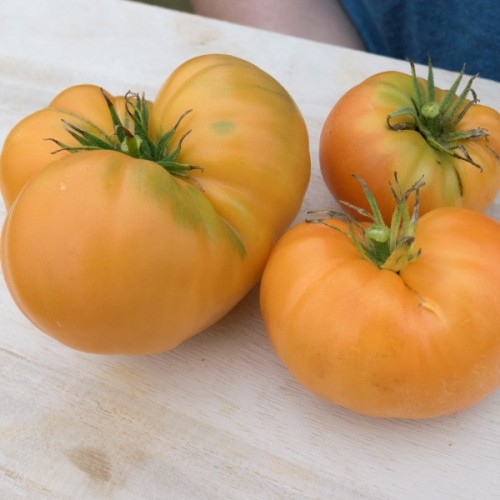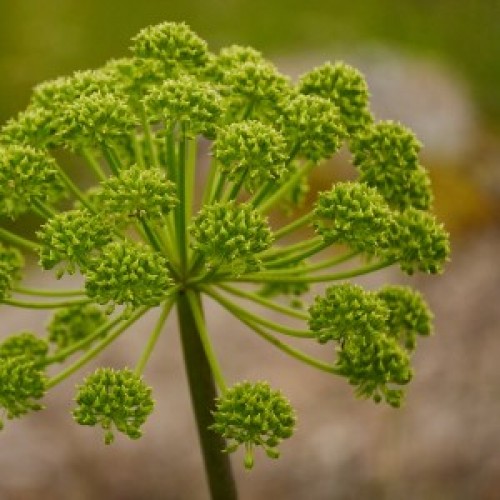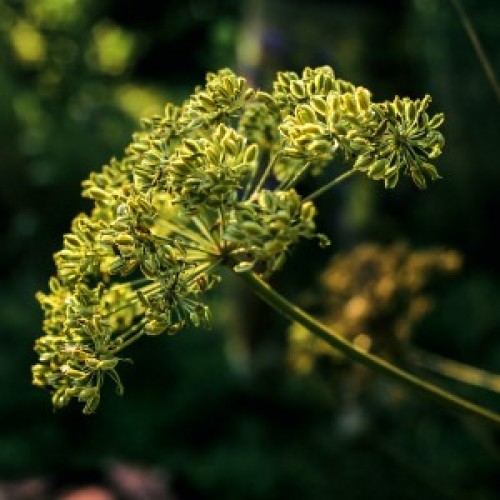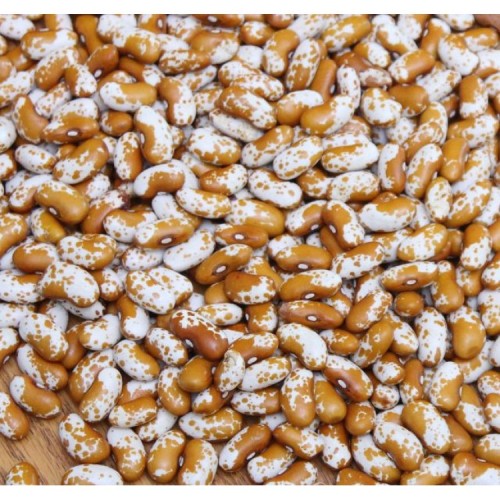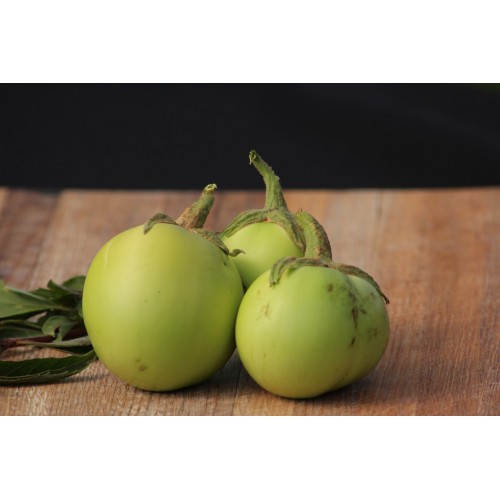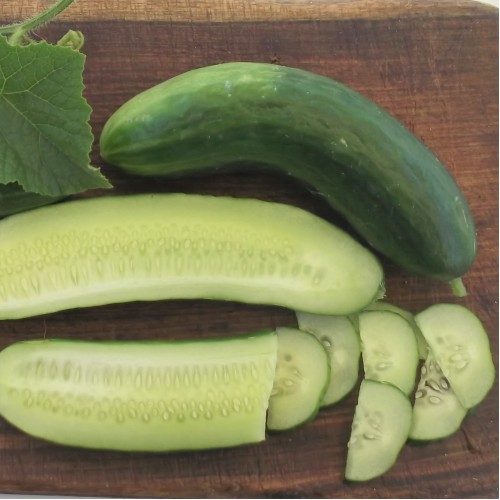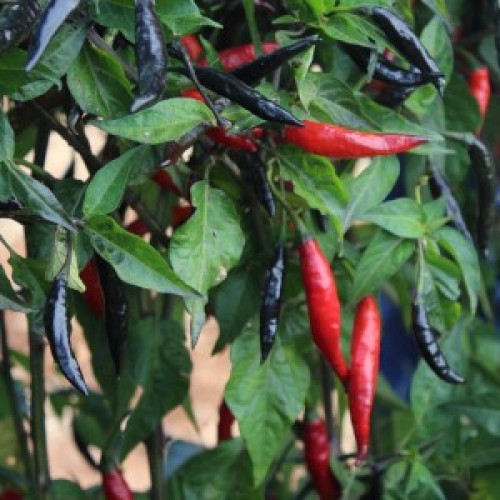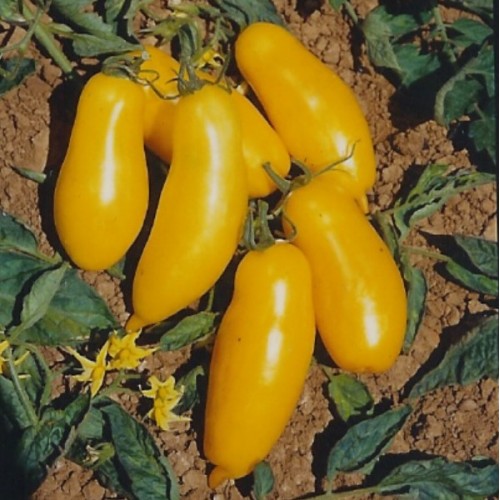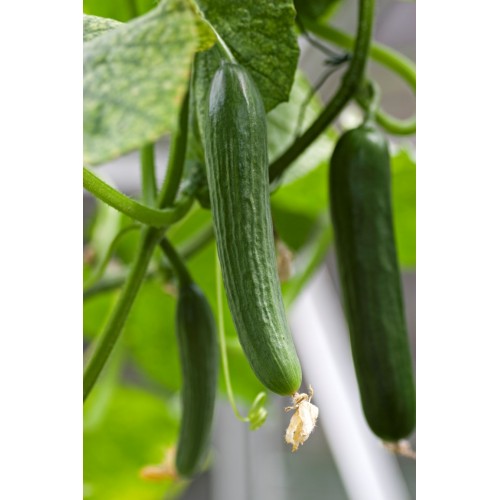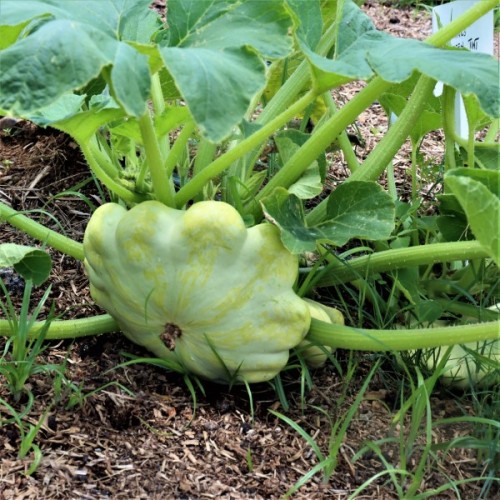Container Gardening
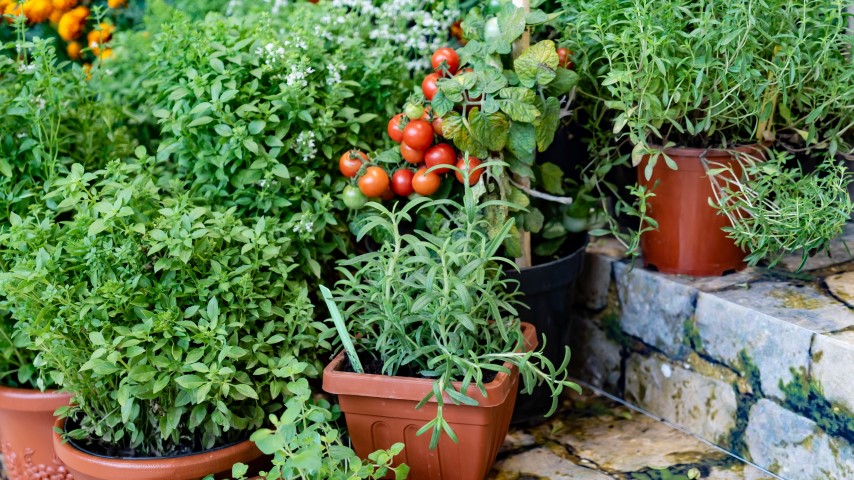
Container Gardening is becoming more popular across the country. There are a number of reasons for this, and they are as varied as the awesome seed that we sell.
Some gardeners are looking at ways of keeping perennial plants like peppers alive over winter and container gardening is the perfect solution for them, as they can move the containers indoors over the coldest months, thereby getting a jump on pod production the following season.
Other gardeners have limited space or are growing in small spaces, so they need to make the most of their allocated space.
Still other gardeners like to bring certain plants closer to the house, these could be accent plants like a special pepper or a variety of herbs for use in the kitchen. These herb pots are cut down with use and then taken back into the garden to recover while the next herb selection can be brought into rotation.
Whatever your reasons for container gardening there are a number of rules that need to be followed.
1) Always go large, the larger the container the happier the plant will be. We recommend using at least a 5 gal container, but larger is definitely better. With a few crops like herbs, some leaf crop varieties and lettuce you can get away with using smaller containers, but see #2 below.
2) Container gardens need to be well monitored as they generally require more frequent watering. When watering, try not to flush the pots on every watering. Flushing will eliminate many nutrients, leaving the soil almost sterile and increasing the need to feed your plants.
3) Spend money on your soil. The better the soil, the better the produce. It's pointless going to all the effort and having a poor sad looking container garden that you want to hide away from guests. We like to work with a combination of at least 50% quality sifted compost, at least 25% vermicasts and then the balance with coir / coco peat / vermiculite / or similar. This basic mix will set you up for a good start.
4) Feeding your container garden is important. As the roots have limited opportunity to explore and find nutrients, you will need to supplement. As a good rule of thumb, feed often (every 10-14 days) and at 50% strength of the recommended dose. Watch your plants and if you see them losing their pep, up the dose of the fertilizer but keep the feeding at the same frequency. Never exceed the manufacturers recommendations.
5) Mulching is just as important in a container garden. It helps to conserve moisture and keep the soil cooler. Mulch with any organic matter and keep it nice and thick, 2" is a good target.
6) Keep your container color and material in mind. Dark colors attract heat and this can stress your plants. However dark wood will not have the same heating effect that dark plastic would have.
All of the varieties below can be grown in containers, some will require smaller or larger containers.
As a rule of thumb you can use these guides.
Lettuce - 1 gal per plant
Herbs - 1 - 5 gal per plant
Bush beans - 2 gal per plant
Pole Beans - 5 gal per plant
Peppers - 5 gal per plant
Cucumbers / Tomatoes - 5+ gal per plant
Squash / Sweet Melons - 5+ gal per plant
7 Pot Yellow
Capsicum chinense This 7 Pot chilli pepper is HOT! Famous for its fruity heat that can produc..
$3.50
Aji Amarillo
Capsicum baccatum Who would've thought that a chilli pepper can be described as tropical wi..
$3.75
Aji Criolla Sella
Capsicum baccatumBolivian heirloom, known for its tolerance of slightly cooler weather compare to mo..
$2.85
Aji Lemon
Capsicum baccatum Small compact growth habit. Bright yellow, citrus flavored, hot chilli pe..
$2.85
Aji Pineapple
Another superbly stunning, highly productive Peruvian pepper. It's name is apt as it does have a rea..
$3.50
Amana Orange Tomato
A really great tomato from Iowa, these plants bear huge exceptional tomatoes that are really worth a..
$3.25
Angelica
Angelica Archangelica Angelica has quite a long history in both medieval medicine and super..
$2.85
Anise
Pimpinella anisum Native to eastern Mediterranean and southwest Asia, Anise is a very versa..
$2.85
Appaloosa Bush Bean
Phaseolus vulgarus The beauty of this bean lies in the seed itself, the patterns almost res..
$2.85
Applegreen Eggplant
Solanum melongena Developed at The University of New Hampshire in 1964. This is a highly re..
$2.85
Ashley Cucumber
Cucumis sativus An excellent slicing cucumber with a lovely crisp, crunchy texture. An earl..
$2.85
Assam Pepper
C.annuumGreat producer of beautiful purple pods that ripen to a deep red. Thin walled with a long fl..
$3.45
Banana Legs Tomato
Highly productive determinate tomato variety. Has a sweet low acid flavor profile that really works ..
$3.25
Beit Alpha Cucumber
Cucumis sativus Beit Alpha is a no need to peel variety with its very tender, sweet skin. T..
$3.55
Bennings Green Tint Scallop Squash
Cucurbita pepo A quick, high yielding squash. Harvest ready from as little as 50 days. Youn..
$2.85
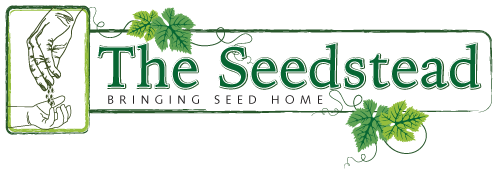
-500x500.jpg)
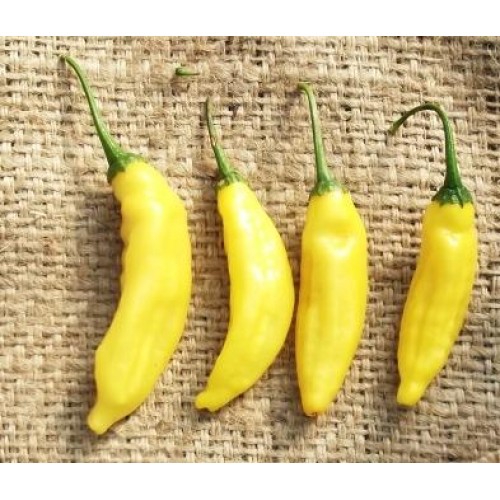
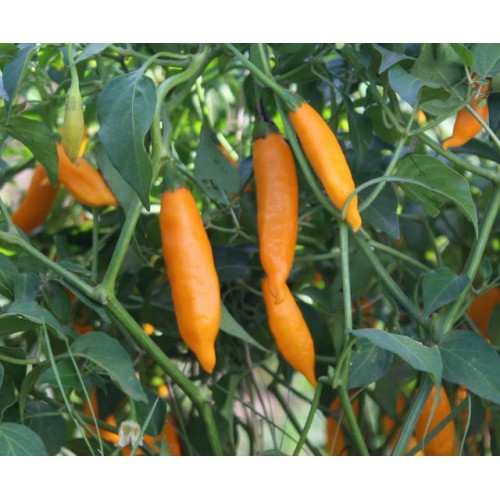
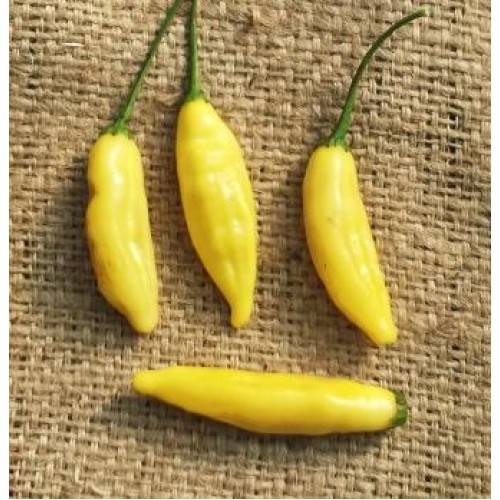
-500x500.JPG)
